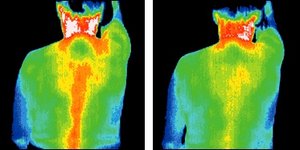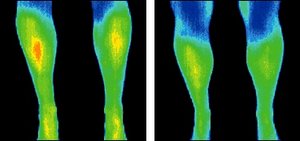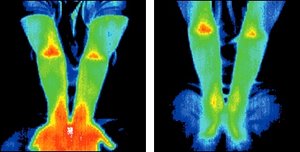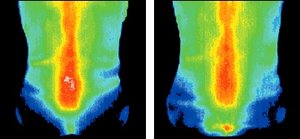On May 4, 2006, I read an article in the Los Angeles Times titled "Bird Flu Would Ravage U.S., White House Warns; A Government Report Says an Outbreak Could Kill 2 Million People and Lead to Quarantines, Travel Restrictions and an Economic Downturn." Inside the article, the reporter wrote, "[s]ince the influenza strain known as H5N1 appeared in humans in Hong Kong in 1997, it has spread across Asia and into Africa and Europe and has infected more than 200 people, killing more than 50 percent of them." In the end, it said the government already has appropriated half of the $7.1 billion necessary for prevention.
If it requires $7.1 billion from our government to prepare vaccines and everything else involved with battling this possible epidemic, it sounds very serious.
How about your body? Are you ready to defend yourself against the bird flu virus? Besides the preparation with external material, can you do something directly for your body? Should you start practicing some kind of internal exercises to improve your own defense mechanism against bird flu? The answer, of course, is yes.
The beneficial effects of qigong on the body are well-known, including its ability to improve your immune system (see The Biophysics Basis for Acupuncture and Health). If you start practicing qigong immediately, you may develop a much stronger physique and immune system to help you fight the onslaught of the bird flu virus. You might ask: Is there any scientific evidence that internal exercises help improve the body? I recently completed a study with a woman who teaches breathing exercises. I wanted to test her breathing exercises, which are of a Buddhist tradition. Thermograms were taken before and after she performed an intensive 15-minute breathing session. The results were as follows:



Other parts of the body do not change more than 0.25 C, for example, the hands and lower back. This is quite normal.


Qigong and internal exercises of various kinds have been in practice for thousands of years by millions of people with positive results. Only recently have they become subject to rigorous scientific tests. I found the infrared imaging method to be a quick and immediate check on the effectiveness of any kind of qigong for any particular person. I have used this method before and after sessions of Taoist qigong and one kind of yoga. It shows similar improvement on the practitioner as the pictures shown above for the breathing exercise.
Click here for previous articles by Yin Lo, PhD.




